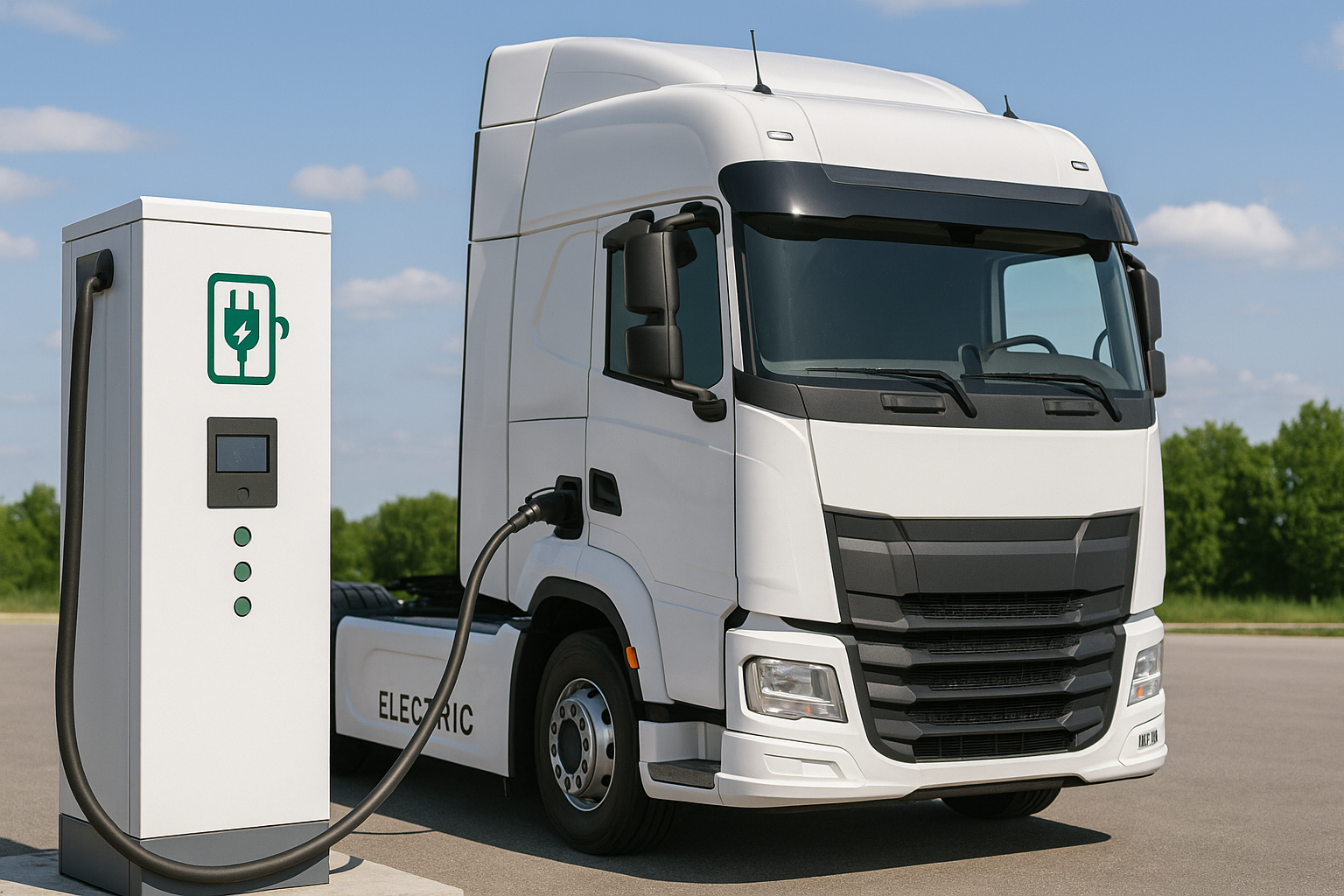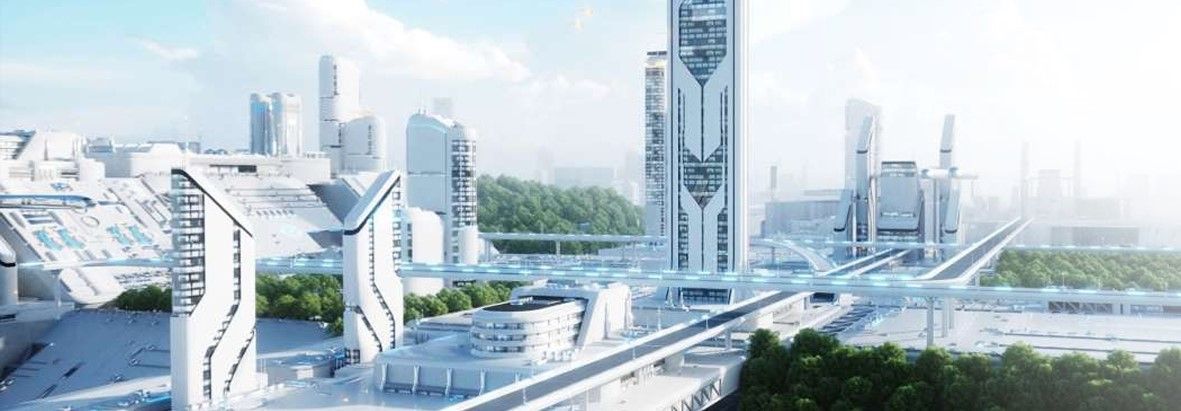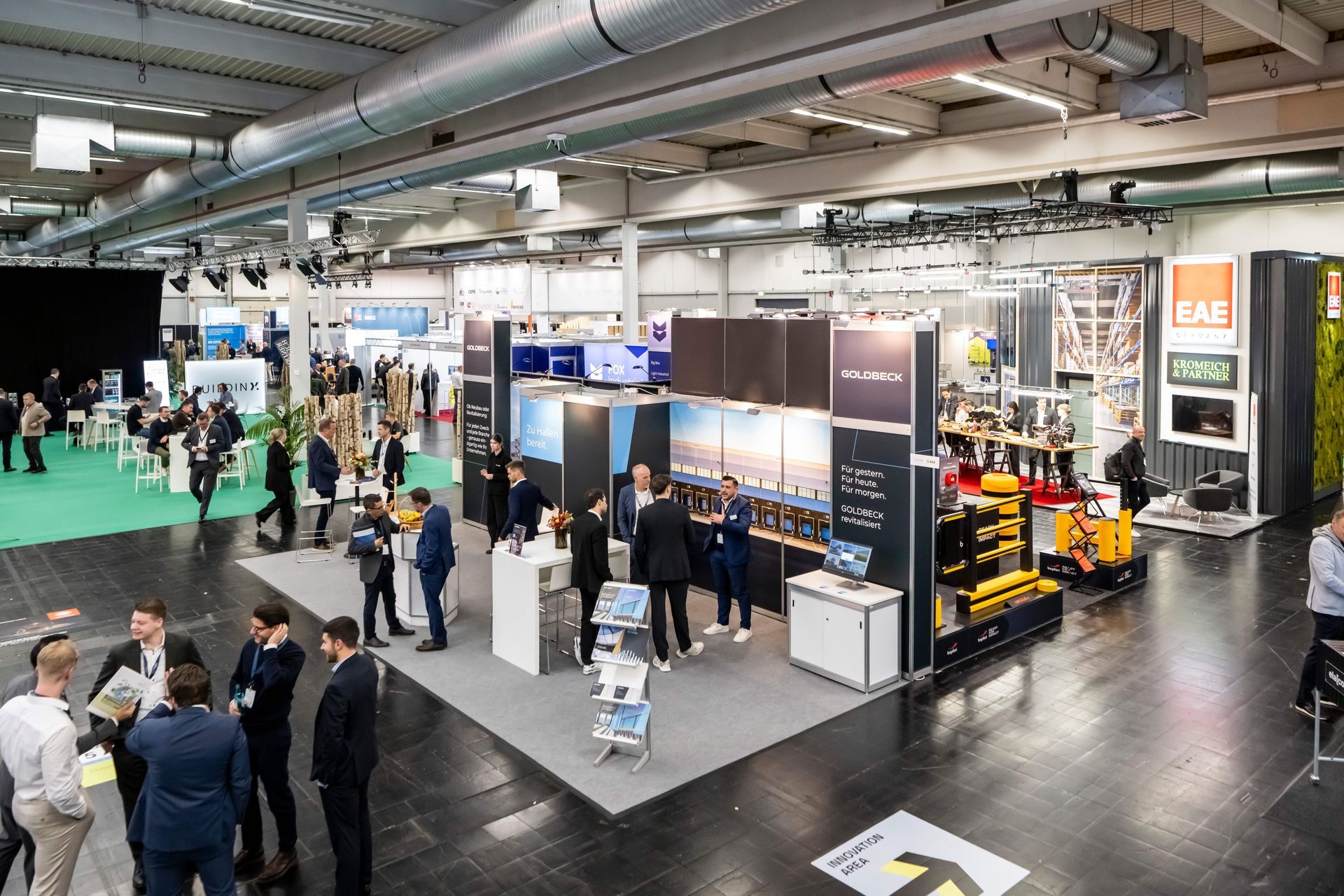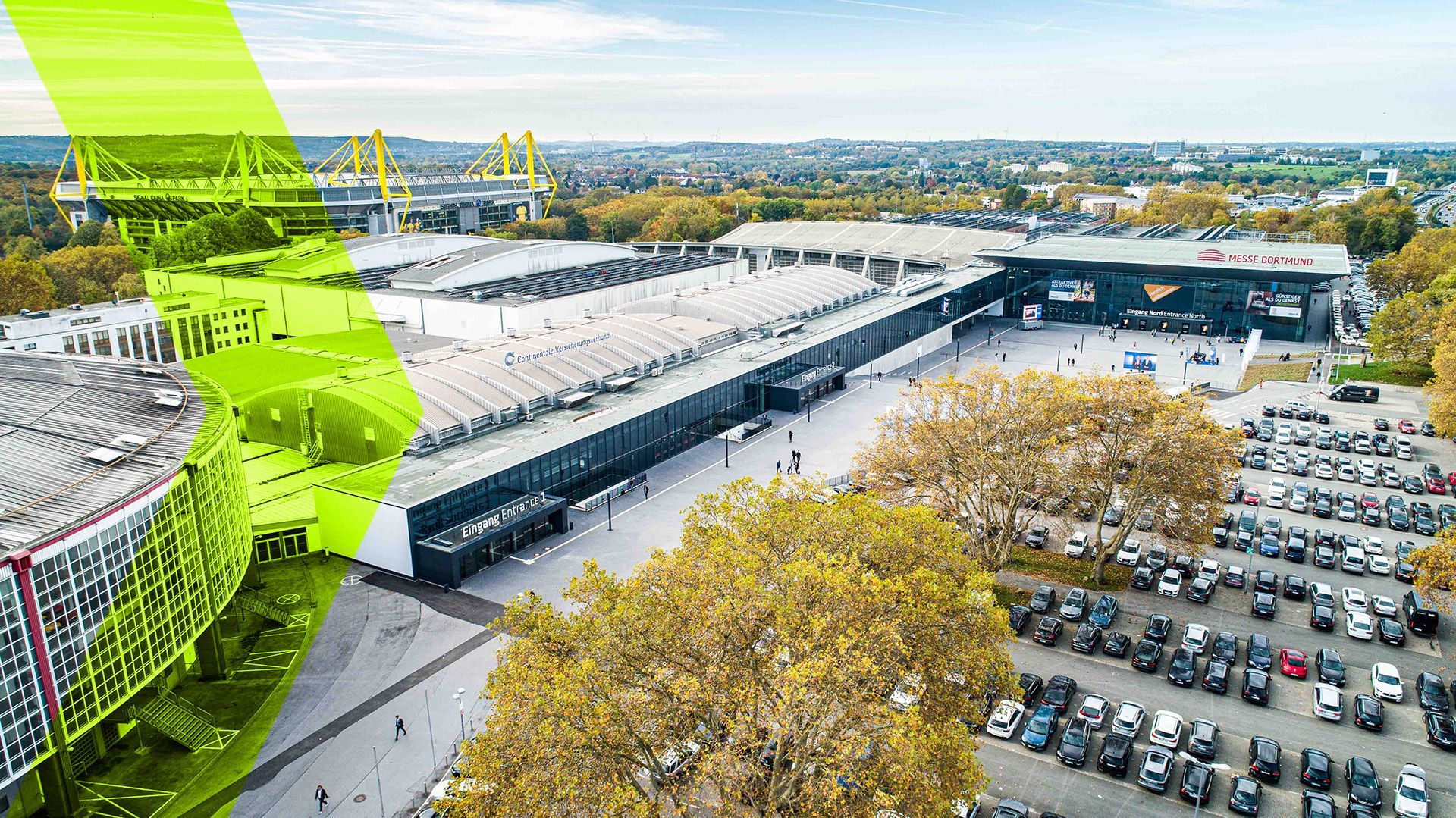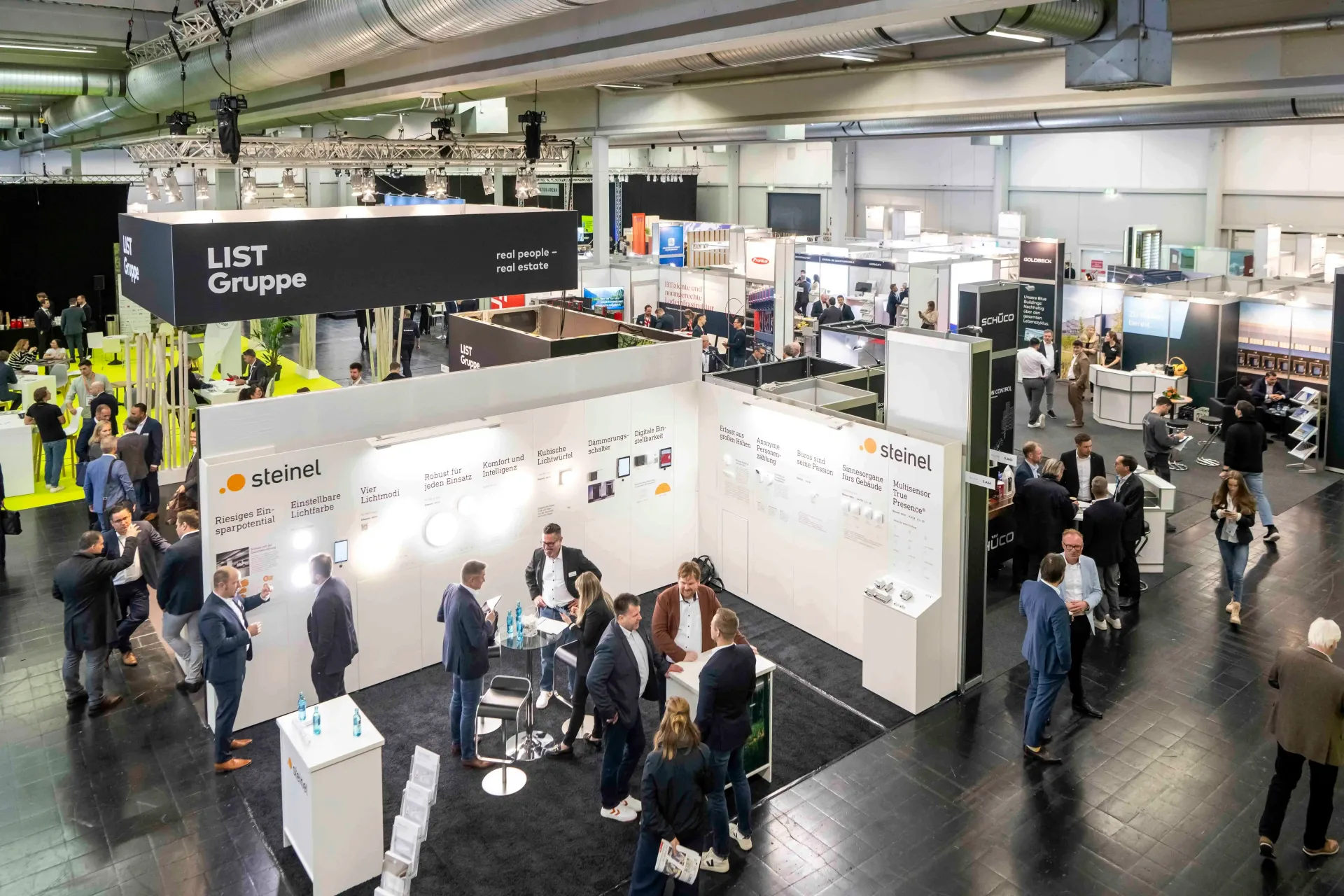Last mile solutions: Micro depots relieve the burden on the environment and traffic
As is well known, open space in metropolitan areas is, above all, rare. The solution: just make it smaller? Micro depots are rising stars in the sky of last mile logistics.
The last part of the journey when transporting packages and goods is usually carried out with a motorized vehicle - for example a van - to the front door. But this last mile in particular often causes problems due to narrow streets and high traffic volumes in cities. One solution is to create smaller logistics locations in the city that are as centrally located as possible and serve as interim storage: so-called micro-depots, also known as micro-hubs. These are usually delivered by truck or van, and the final delivery of the goods is then carried out by cargo bike or on foot with a hand truck. Particularly in inner-city areas, the trend is towards these small depots and buildings, which are integrated into the cityscape as multifunctional logistics properties. We show two examples that aim to make last-mile logistics less complicated and more sustainable with innovative solutions.
Try on clothes in the parcel shop
With its first store of its own in Berlin-Friedrichshain, DPD is testing ways to optimize the last mile. The building is a mixture of pick-up parcel shop and micro depot. The concept includes a room with changing rooms and large mirrors so that ordered items of clothing can be tried on directly. When picking up the package, customers decide whether they want to take the goods home or send a return shipment straight away. This saves travel because the last mile is saved twice in the event of a return because the shipment does not even leave the parcel shop. If the goods need to be delivered to the front door, e-cargo bikes are available for the couriers. This means the package can cover the last mile in an environmentally friendly way and reduces traffic.
The so-called “Verwert-Bar” completes the concept that aims to make online orders more sustainable. Used and reusable packaging materials such as boxes and foil can be handed in to staff. These materials are then passed on free of charge to customers who would like to send their own package.
Parking garage logistics
Micro-hubs have also been increasingly being created in parking garages for almost two years, making urban logistics more sustainable. The concept is particularly useful in multi-story parking garages: unused capacities can be used for parcel handling, while city traffic is relieved by using cargo bikes instead of vehicles. The parcel logistics company UPS and the parking garage operator Apcoa Parking announced the start of an international cooperation at the end of 2021. Some time before, they had tested in Ireland to what extent the parking garages could be used as a basis for exchanging packages. The success was so great that they are now implementing the concept in Germany, among other places. For this purpose, containers with parcels are delivered by UPS to the parking garages involved and transferred to the cargo bikes stationed there. The e-cargo bikes are also charged in the micro hubs.
The biggest challenge in implementing such concepts remains the development of suitable inner-city areas. Building regulations often determine the success of a project: other road users must not be hindered, and the appearance of the depots should be based on the urban development environment. The examples just mentioned show that a certain rethinking is often the key to innovative business models. Collaborations that do not seem obvious at first glance can turn out to be a win-win situation for everyone involved and thus make a valuable contribution to multifunctional logistics properties. BUILDINX has therefore made it its mission to bring together the right contacts in order to develop logistics properties through dialogue that fit the different requirements of our society.
Autor: Verena Zieringer
